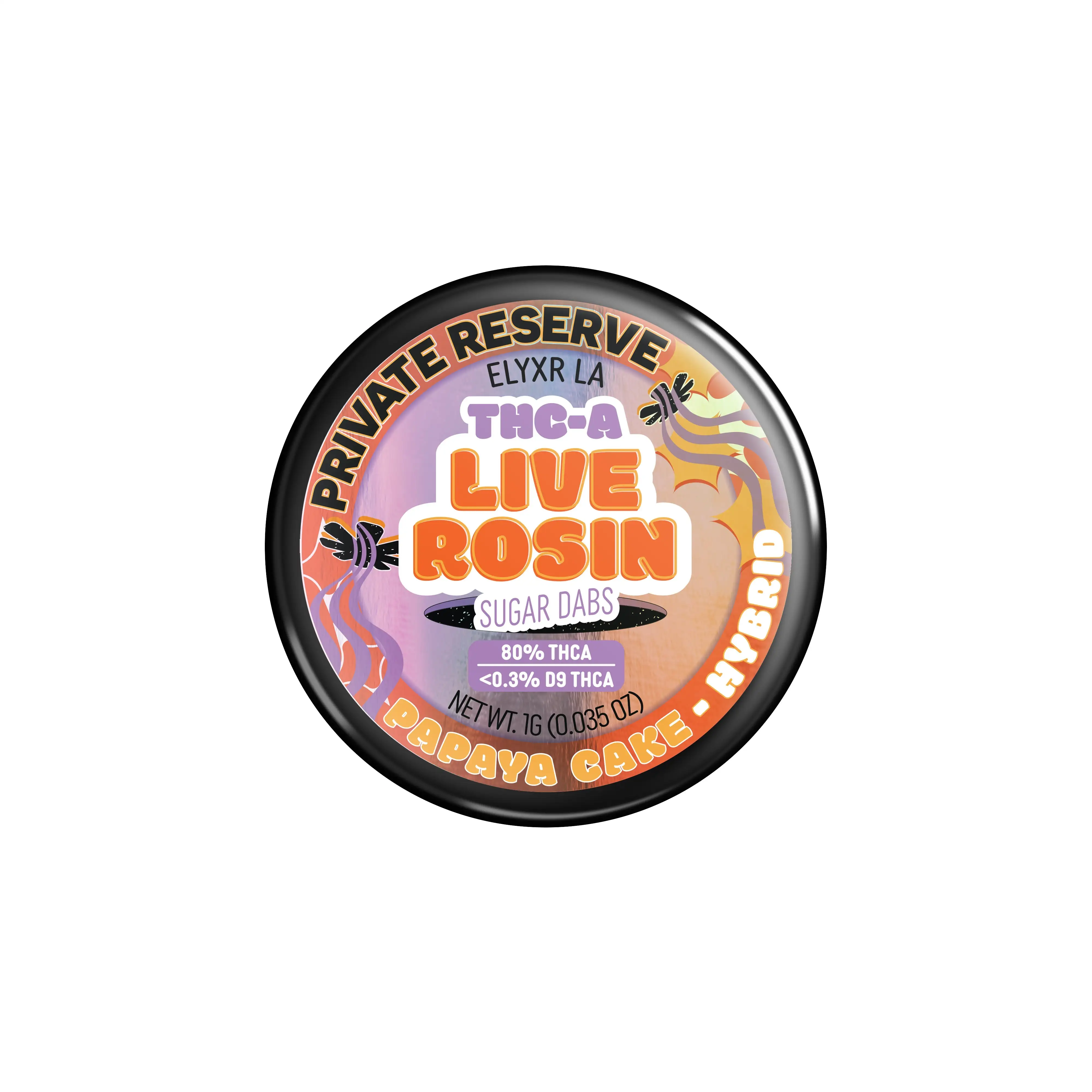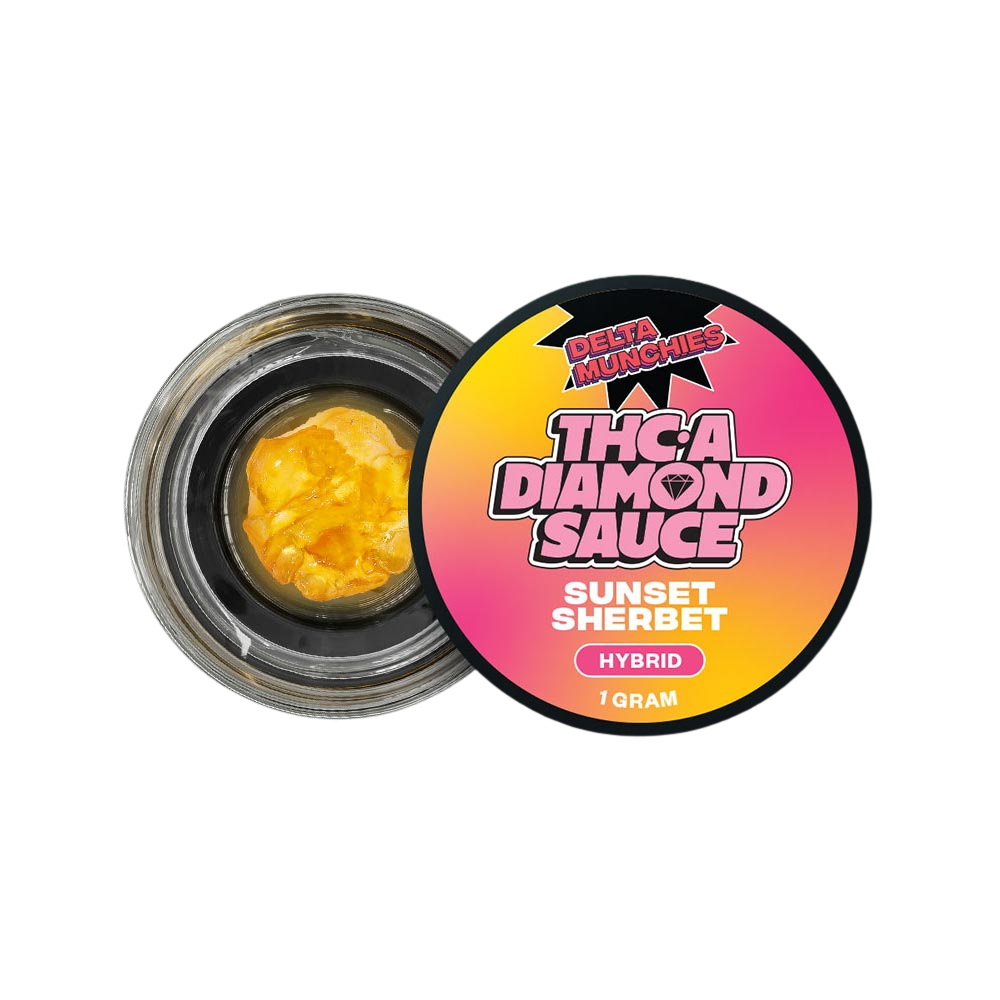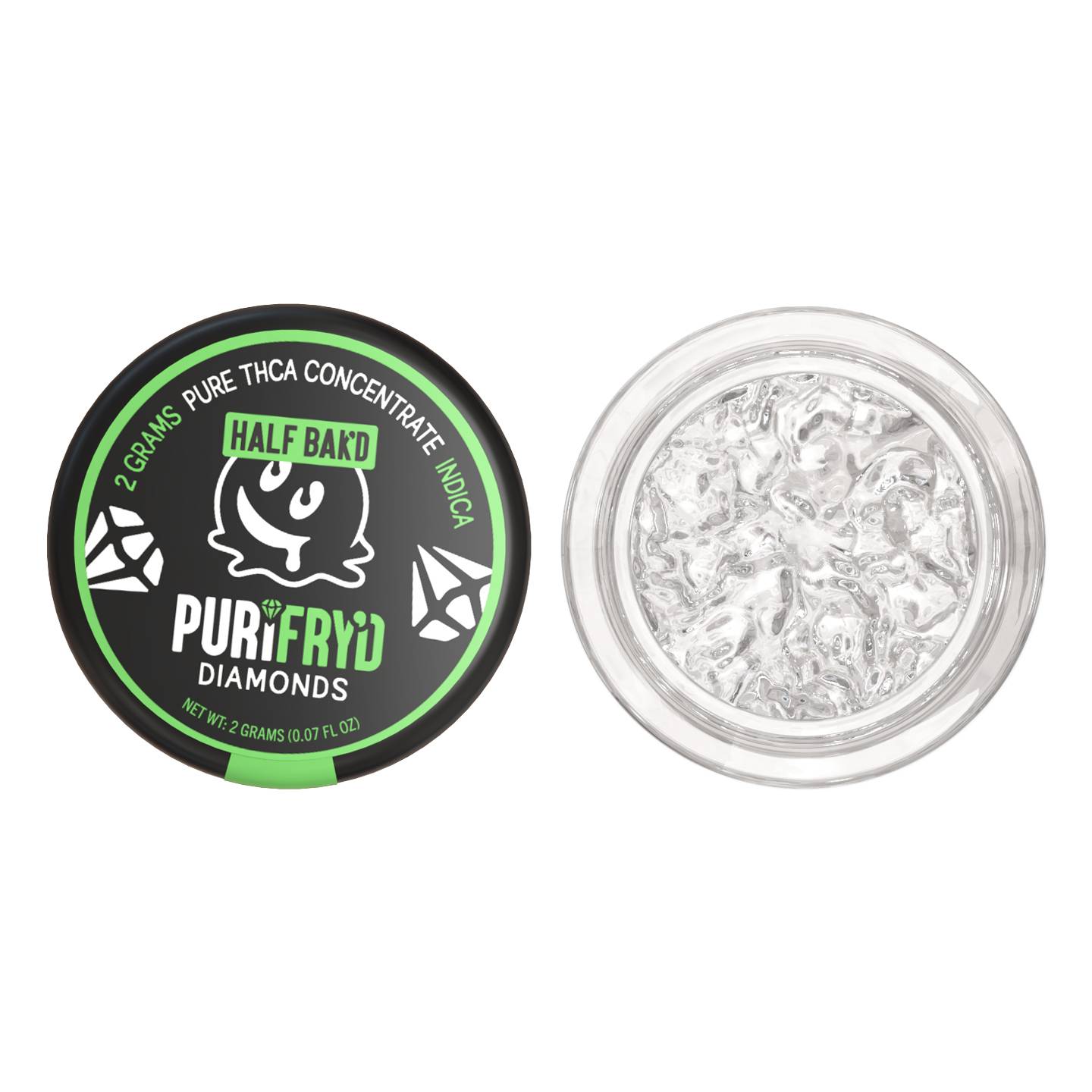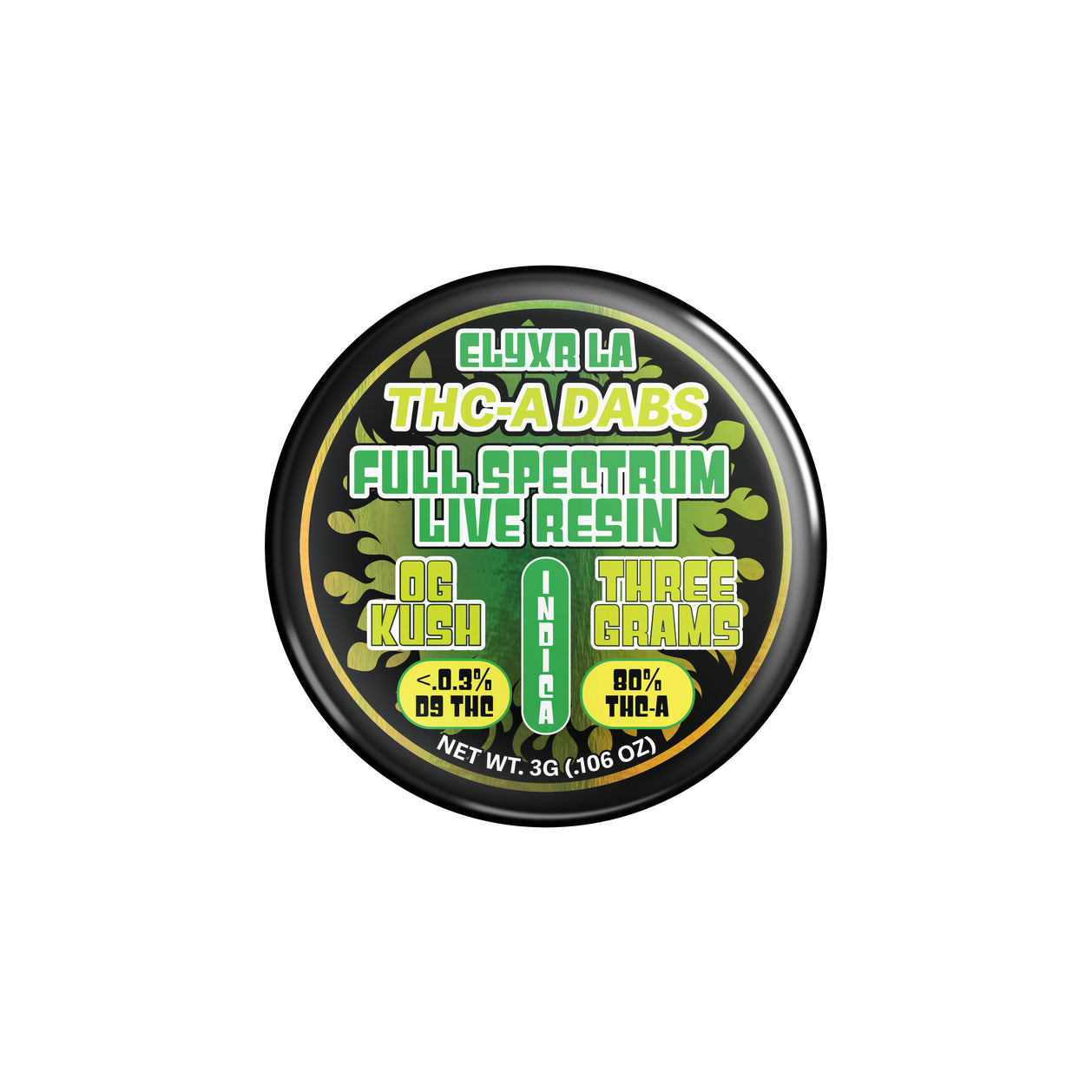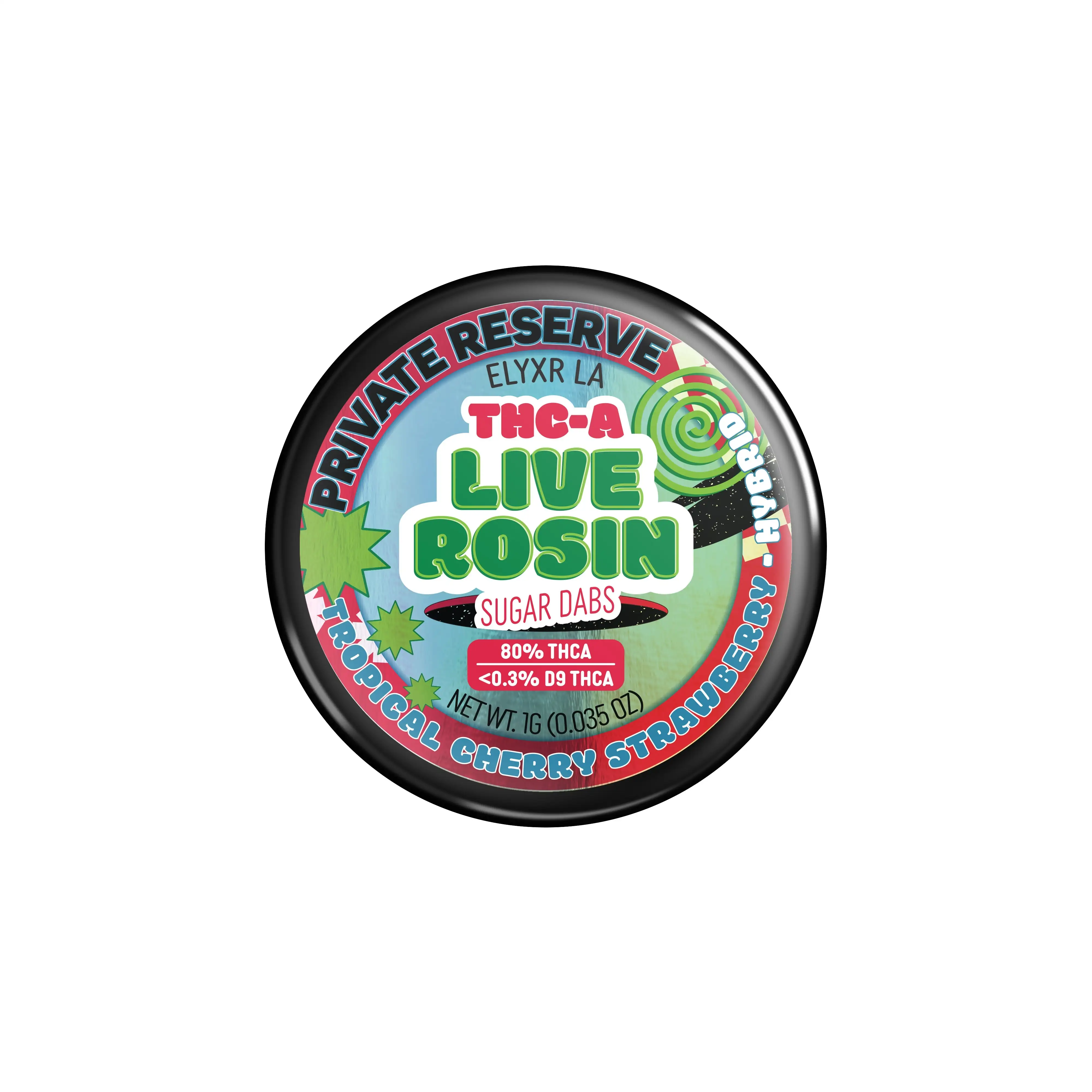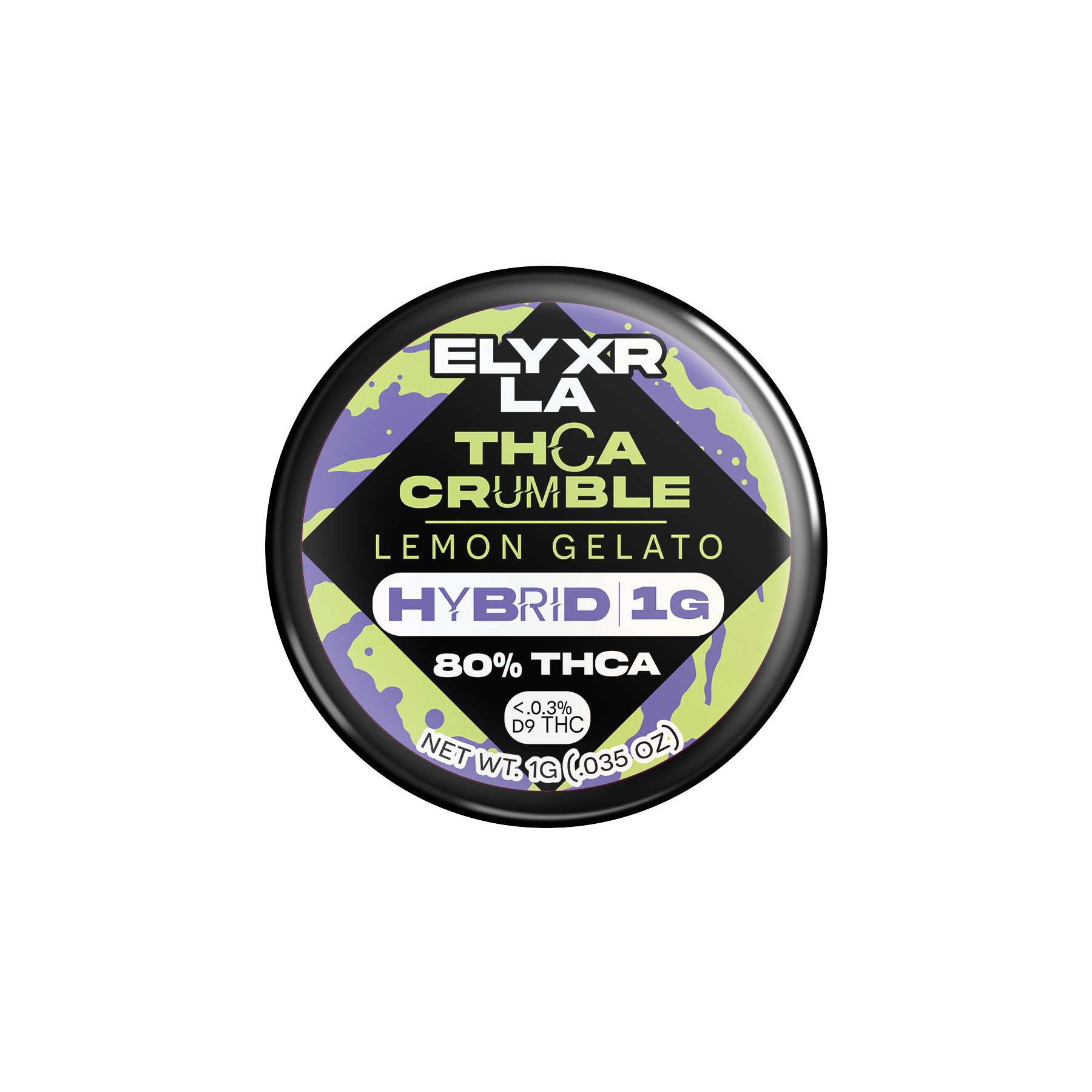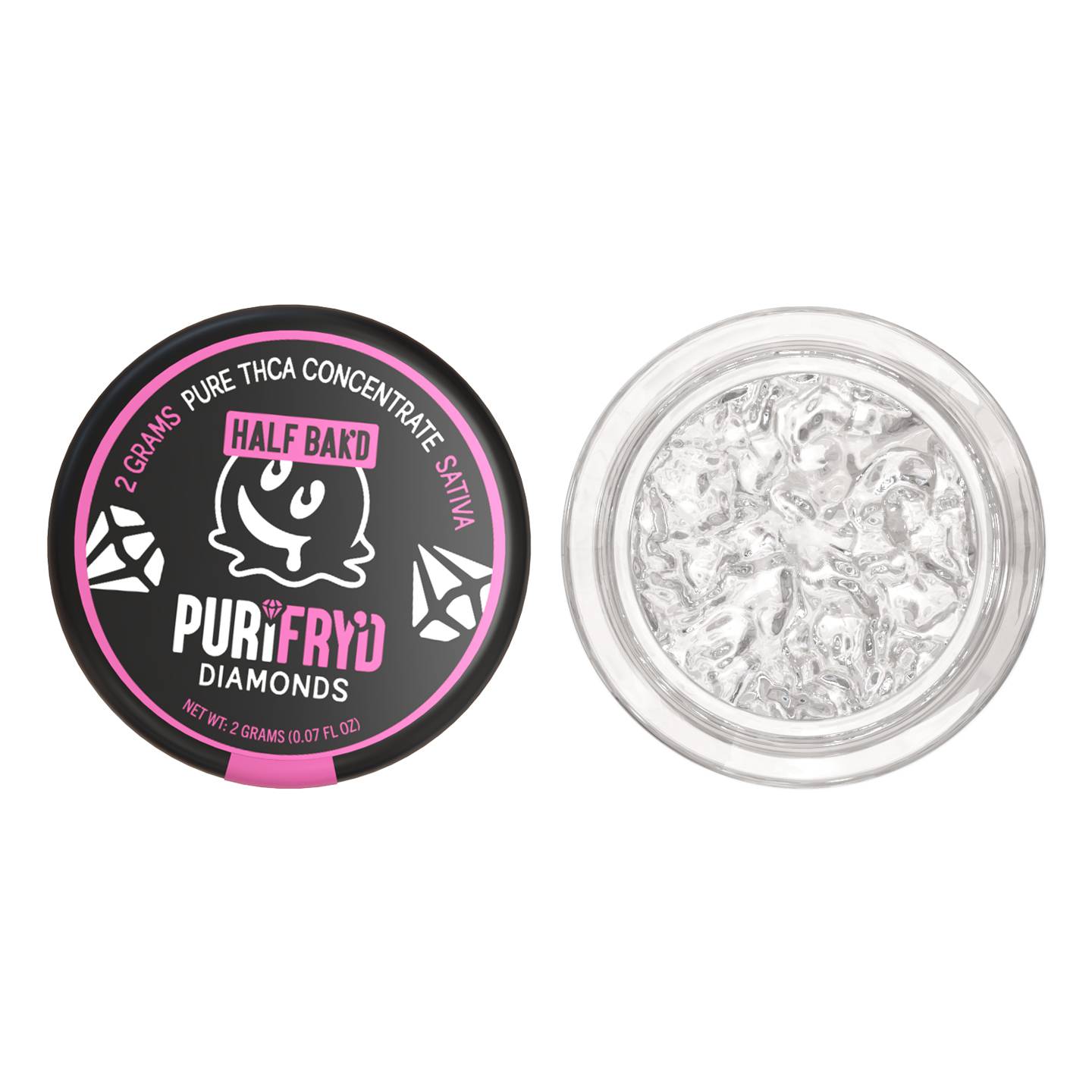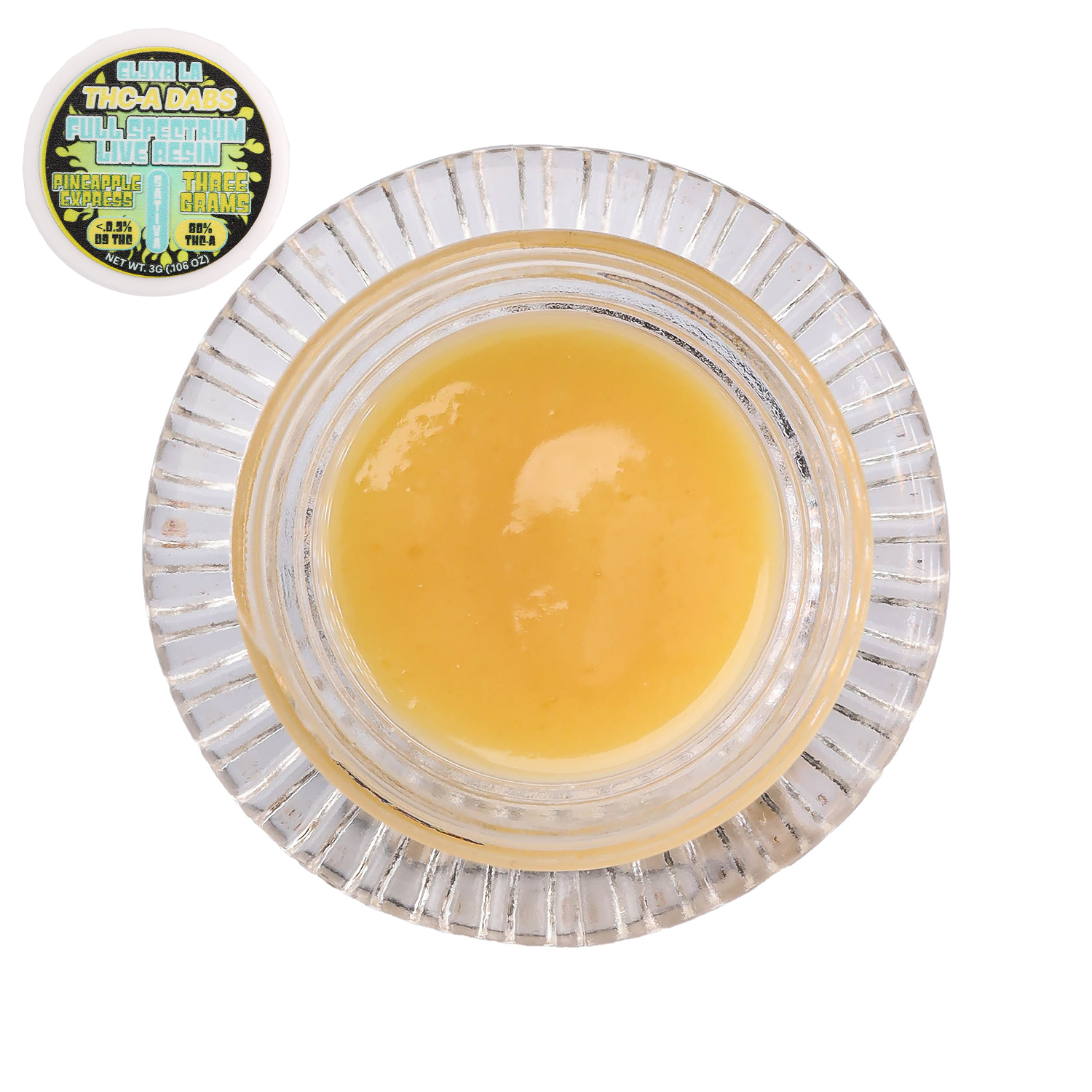Curious about pinene terpene? You’re in the right place.
Terpenes are the unsung heroes of the cannabis world. While cannabinoids like THC and CBD often take center stage, terpenes work behind the scenes to shape how a strain smells, tastes, and makes you feel. Among the most common and intriguing of these aromatic compounds is pinene—the crisp, earthy terpene that gives pine trees their signature scent. If you’ve ever taken a deep breath in a forest and instantly felt refreshed, you’ve already had a brush with pinene. But there’s a lot more to this terpene than just a woodsy vibe.
In this guide, we’re taking a deep dive into what makes pinene unique, from its molecular makeup and natural sources to its therapeutic potential and role in your favorite cannabis strains.
Alpha vs. Beta: The Two Sides of Pinene
Pinene isn’t just one compound—it actually comes in two forms: alpha-pinene (α-pinene) and beta-pinene (β-pinene). Both are classified as monoterpenes and are found in a variety of other plants, but each one brings slightly different characteristics to the table.
Alpha-pinene is by far the more abundant form, especially in cannabis. It carries that unmistakable pine aroma and has been the subject of numerous studies for its potential benefits. It’s also believed to play a role in respiratory support, acting as a bronchodilator that may help open up airways.
Beta-pinene, on the other hand, has a more herbal or woody scent—think rosemary or dill rather than a straight-up pine tree. It’s less common in cannabis but still contributes to the overall aromatic profile when present.
Both forms share similar chemical structures but differ slightly in the way their atoms are arranged. These subtle differences influence not just how they smell, but also how they interact with the human body.
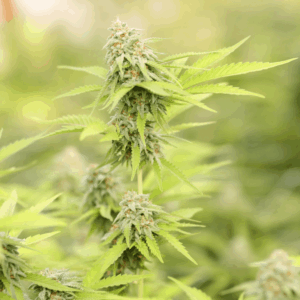
Nature’s Pine-Scented Powerhouse
Pinene terpene is everywhere in nature—not just in cannabis. In fact, it’s one of the most commonly occurring terpenes in essential oils and in the world. You’ll find it in conifer trees and pine needles (no surprise there), but also in other aromatic plants like:
- Rosemary
- Basil
- Parsley
- Dill
- Eucalyptus
- Orange peels
This terpene acts as a kind of natural defense system for plants, protecting them from pests and pathogens. The strong aroma can deter herbivores and insects, while its antimicrobial properties help keep harmful microbes at bay. In humans, the story gets even more interesting.
What Does Pinene Do? Exploring the Benefits
Beyond its signature scent, pinene offers a wide range of potential therapeutic benefits that make it especially intriguing for medical cannabis users and researchers alike.
One of the most talked-about effects of pinene is its ability to act as a bronchodilator, meaning it can help expand the airways. This makes it potentially useful for people dealing with asthma or other respiratory conditions. While more clinical trials are needed, early studies and anecdotal evidence suggest pinene could support easier breathing.
Another standout feature is its potential anti-inflammatory properties. Like many terpenes, pinene has shown promise in reducing inflammation, which could be beneficial for people managing chronic pain or inflammatory conditions like arthritis.
But that’s not all. Some researchers believe pinene may help improve cognitive function due to neuroprotective properties, particularly short-term memory. This is especially interesting because THC—while beloved for many reasons—has a reputation for impairing memory. Pinene may counteract that effect, making it a key player in the “entourage effect,” where multiple cannabis compounds work together to modulate each other’s effects.
There’s also preliminary evidence pointing to pinene’s potential antibacterial and antifungal properties. In lab studies, it’s been shown to inhibit the growth of certain bacteria, making it a compound worth watching in future wellness applications.

Pinene’s Role in Cannabis
In the world of cannabis, pinene terpene plays a major role in shaping a strain’s overall character. From aroma and flavor to effects and therapeutic value, this terpene is a behind-the-scenes MVP.
In terms of aroma, high pinene strains often come across as earthy, sharp, and forest-like. If a strain smells like walking through a pine grove, you’re probably smelling alpha-pinene.
When it comes to effects, pinene is usually associated with mental focus, clarity, and alertness—a nice contrast to some of the hazier, more sedative strains out there. This makes certain strains rich in pinene a great choice for daytime use, creative tasks, or simply staying present and functional without feeling overly spaced out.
Some popular strains that typically feature higher levels of pinene include:
- Jack Herer – A balanced hybrid known for its clear-headed high and cerebral stimulation.
- Blue Dream – This sativa-leaning hybrid combines mental uplift with a smooth, gentle body relaxation.
- Strawberry Cough – A fruity, energizing sativa with a punch of pine on the back end.
- OG Kush – A classic strain with a complex terpene profile where pinene often makes a noticeable appearance.
Keep in mind that common terpene levels can vary by grower and batch, so always check lab reports or COAs when available.
Is Pinene Right for You?
If you’re someone who appreciates clarity, breath support, and herbal complexity, pinene might just be your go-to terpene. Its potential benefits extend across the mind and body, offering a gentler kind of support without a heavy-handed psychoactive punch.
People who might particularly enjoy or benefit from pinene include:
- Those prone to brain fog or forgetfulness
- Cannabis users looking to offset THC’s hazier effects
- Individuals with asthma or respiratory discomfort
- Anyone who prefers a clean, piney aroma in their flower or concentrates
To identify pinene in cannabis products, look beyond just the strain name. Check third-party lab results, or trust your nose—if it smells like the forest, you’re probably in good hands.
As with all cannabis experiences, terpene profiles aren’t one-size-fits-all. What works for one person may not hit the same for someone else. So take your time, experiment thoughtfully, and use your personal preferences as a guide.
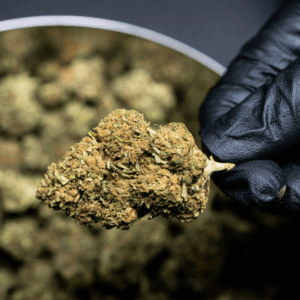
Final Thoughts on Pinene
Pinene may not be as flashy as THC or as trendy as CBN, but it’s a foundational part of the cannabis experience. With its uplifting effects, therapeutic potential, and unmistakable aroma, pinene offers a little something for everyone—from the wellness-curious to the seasoned stoner.
Understanding terpenes like pinene isn’t just about being a weed nerd (though we support that too)—it’s about making smarter choices with your cannabis. Whether you’re using it recreationally or medicinally, knowing your terpene profile can help dial in the exact experience you’re looking for.
So next time you crack open a jar of flower and catch a whiff of pine, remember: that’s not just a nice smell. That’s pinene doing what it does best.
Frequently Asked Questions
1. What does the terpene pinene do?
Pinene is known for its distinct pine-like aroma and potential therapeutic effects. It’s often praised for its anti-inflammatory, bronchodilator, and memory-enhancing properties. Some research also suggests that pinene may help counteract certain effects of THC, like short-term memory impairment.
2. Is pinene good for sleep?
Pinene isn’t typically associated with sedation. In fact, it’s considered more uplifting than relaxing. While it may help ease stress or anxiety that can interfere with sleep, it’s not the go-to terpene for sleep support—other terpenes like myrcene or linalool are more commonly linked to restful effects.
3. Which terpene gets you the highest?
No terpene directly gets you “high,” but some can enhance or influence the effects of THC. For example, myrcene may increase the permeability of cell membranes, potentially allowing THC to take effect more quickly or intensely. Others, like limonene or linalool, may amplify mood-related aspects of the high.
4. Does pinene give you energy?
Yes—pinene is often associated with alertness, focus, and an overall energizing effect. It’s commonly found in sativa-leaning strains and may contribute to a clearer, more mentally stimulating high compared to more sedating terpenes.






